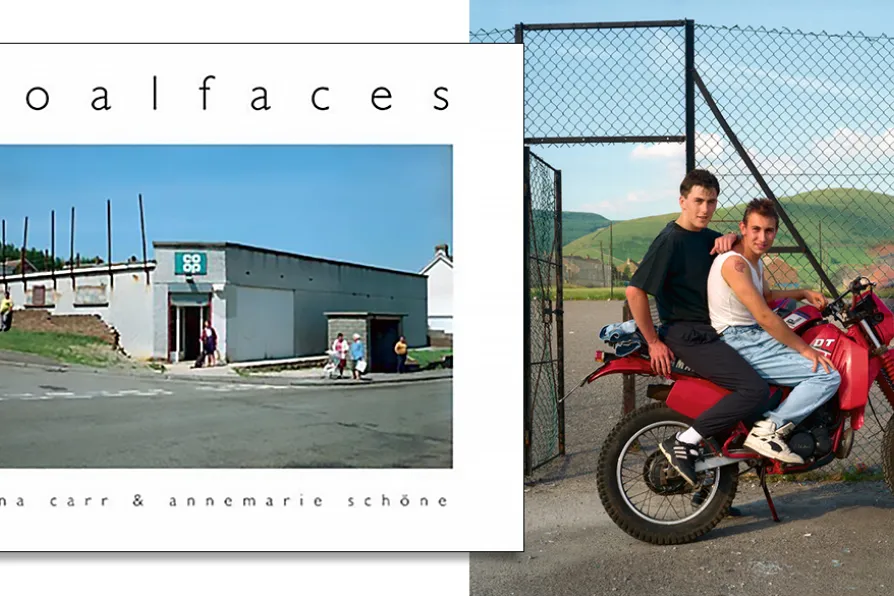In his second round-up, EWAN CAMERON picks excellent solo shows that deal with Scottishness, Englishness and race as highlights

 Hugh & Jason, Croeserw
[Tina Carr and Annemarie Schone]
Hugh & Jason, Croeserw
[Tina Carr and Annemarie Schone] Coalfaces – Life After Coal in the Afan Valley
Tina Carr and Annemarie Schone, Parthian, £25
COALFACES portrays the life and landscape of five small communities in the Afan Valley of south Wales, following the closure of the last pit. Since then, the area has had to deal with high levels of unemployment and has faced severe adjustment problems.
Over more than 10 years, Tina Carr and Annemarie Schone worked with the residents of the valley to document the place they call “home.”
As the late painter and broadcaster Osi Rhys Osmond writes in his introduction: “This photographic reportage, together with a DVD of interviews, comes to us with a strange duality.” It presents a challenge but is also a paean to the resilience of the valley people.

MIKE QUILLE applauds an excellent example of cultural democracy: making artworks which are a relevant, integral part of working-class lives

STEVEN ANDREW is moved beyond words by a historical account of mining in Britain made from the words of the miners themselves












